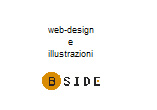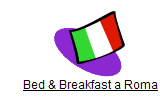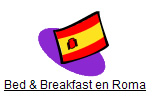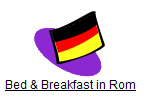







The Emperor M. Ulpius Trajan was born in Italica (Spain) in 53 B.C. The formidable task accomplished in his reign was the conquest of Dacia (present day Romania). In 101 he began his campaign: when the roads and fortifications were ready, Trajan took the capital by force and imposed impossibly hard conditions which De-cebalus, the leader of the Dacians, did not choose to abide by. In 105 fighting was resumed. The Dacians fought desperately: to victory or to death; but their army was wiped out. Their heroic prince commited suicide and Trajan returned to Rome laden with treasures. After the celebrations of his triumph, he wished to remember his victory and decided to build a forum which would surpass all others in size and splendour. He entrusted this task to the great architect Apollodorus of Damascus. The new forum became the most admired place in the city. There were two libraries, a commemorative column, a basilica, a temple, a great equestrian statue of Trajan and a triumphal arch-there was a profusion of statues and groups. Towards the middle of the 4th century, the Emperor Constantius of the East visited Rome, accompanied by the Persian Prince Ors-mida. When they reached Trajan's Forum, he was so astonished at the sight of the incredible creation that he exclaimed: It would be impossible for me even to try to imitate it; at most I would be able to make the horse! And the Prince observed: Your Majesty, for such a horse, you would first need a stable like that!. But the great Monument of the Dacian War is the noble Column that still rises in its pristine majesty, bathed in the glory of more than nineteen centuries. The ashes of the Emperor were placed at the foot of the monument and his statue on top of it. The column consists of 19 blocks of marble and a spiral staircase leads to the top. The most important part of this historic monument is the helicoidal band of figures going all around it which gives us a documentary view of the arms, arts and costumes of both the Romans and the Dacians. Here we see the bridges Trajan built, the forts he attacked, the camps he destroyed, the enemy he put to flight. The old interpretations of the inscriptions on the column have now been recognized as exact. The column shows how deep an excavation was dug to make place for the Ulpia Basilica. Very little remains of the great buildings which surrounded the Column, the Basilica Ulpia, destined for the administration of justice, the two libraries Greek and Latin and the temple dedicated to Trajan himself. Besides the wear and tear of the years, the wide stretch of the adjacent Via dei Fori Imperiali which was made in 1932-1933, conceals a large part of this Forum from our sight. The complex of Trajan's markets was erected on the face of the Quirinal hill which was cut through to build the Forum. The two groups of which it consists, a lower construction framed by a semi-circle on three floors, extremely well preserved, and an upper one which contains a large vaulted hall as well as other rooms, which resembles a basilica. These buildings form a marvellous group in which their ar-cheological merits blend with the landscape, making them a real pleasure to the eye. The well preserved state of this complex makes it ideal for exhibitions and cultural events. The entrance is at the side, through a gate opening on to Via IV Novembre, which can be reached up the steps from Via Magnanapoli.
t esto